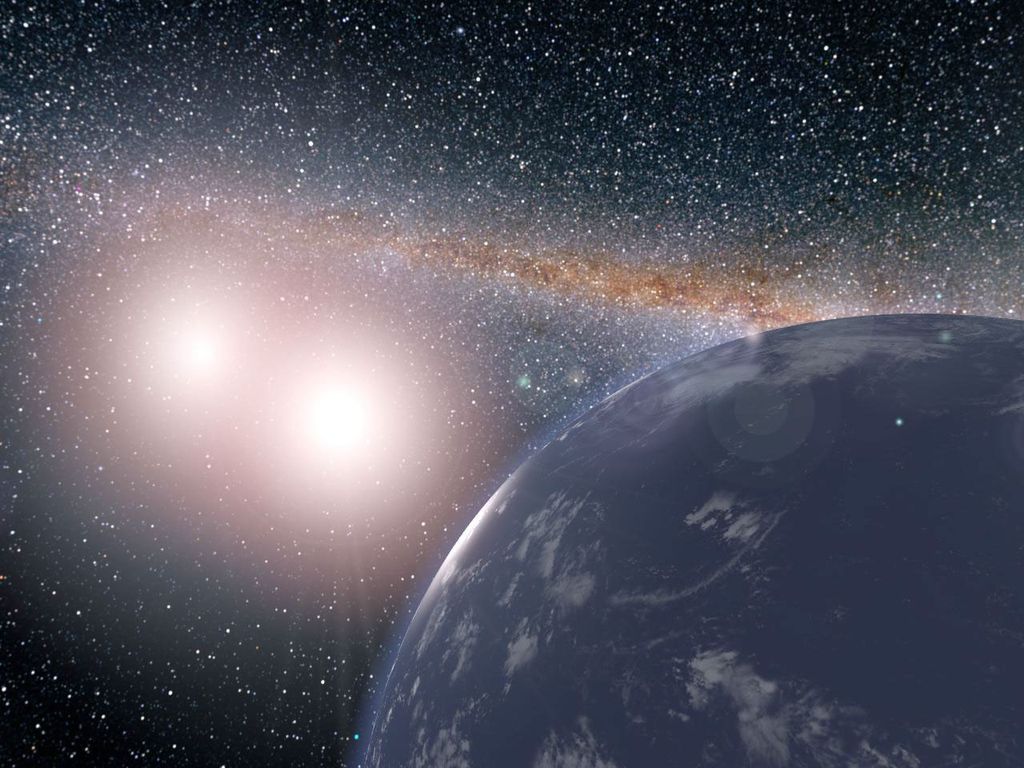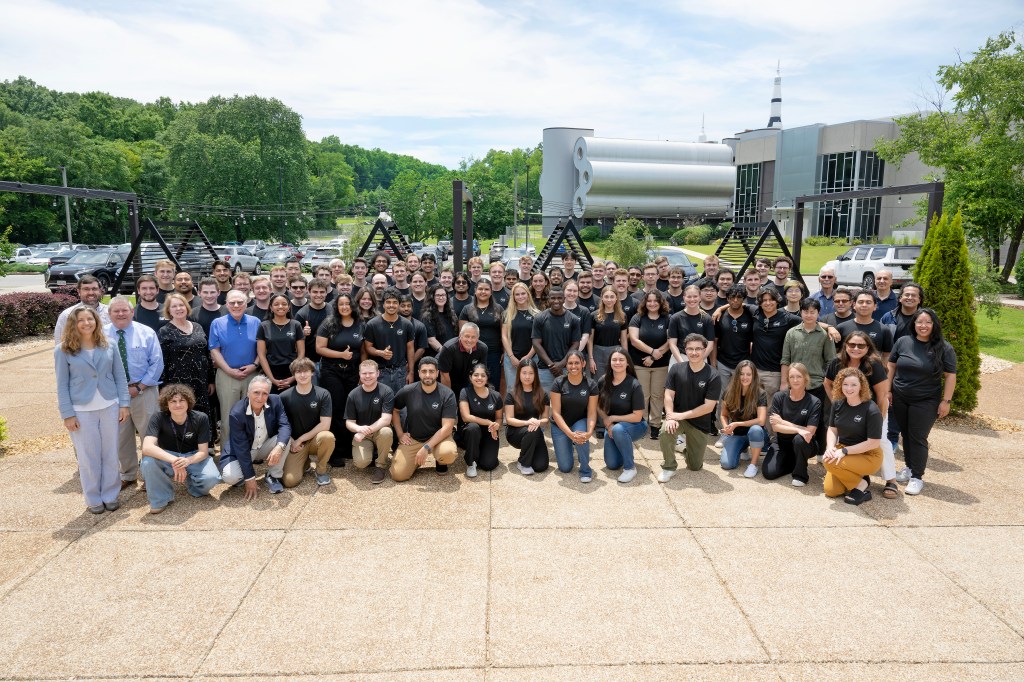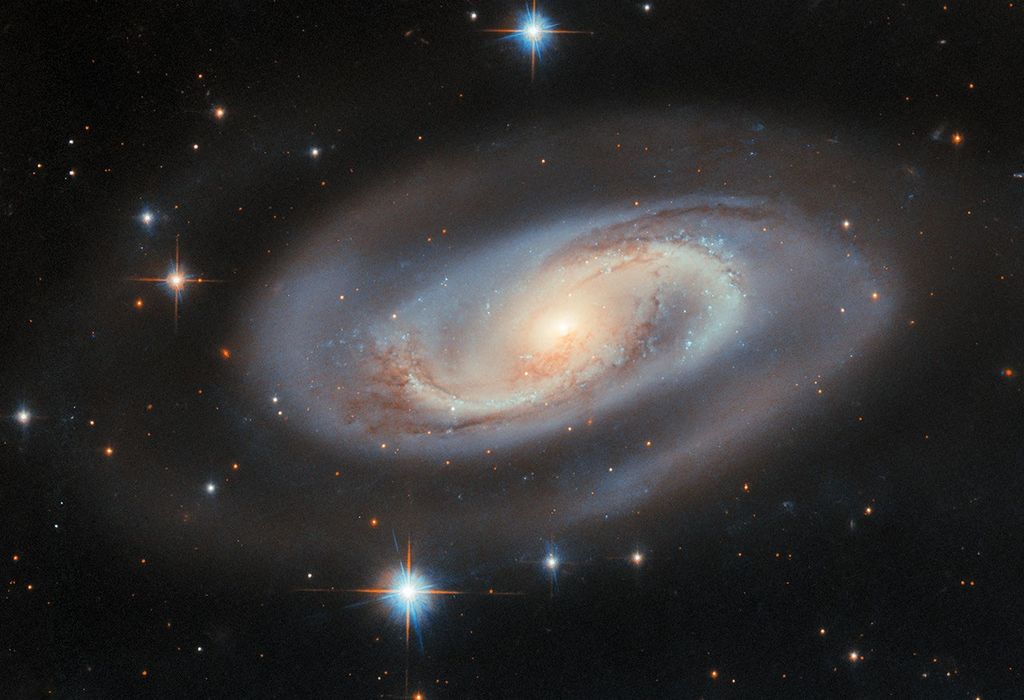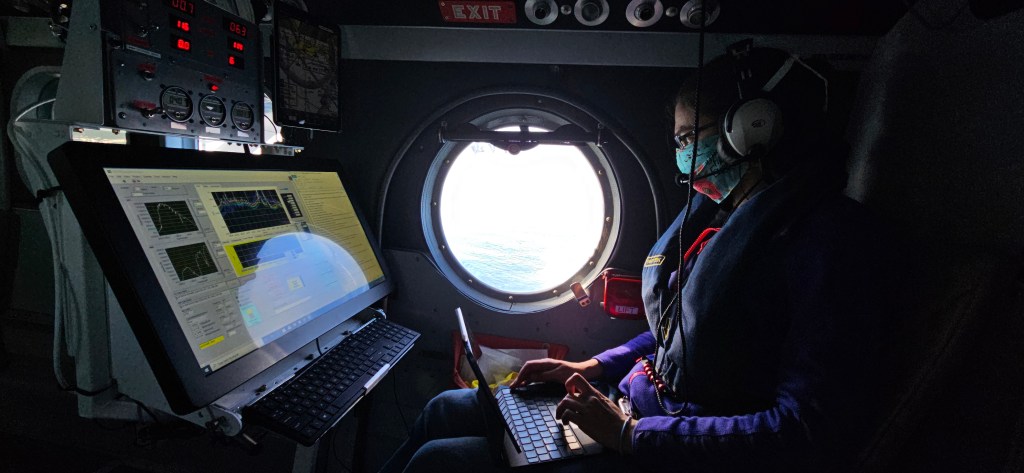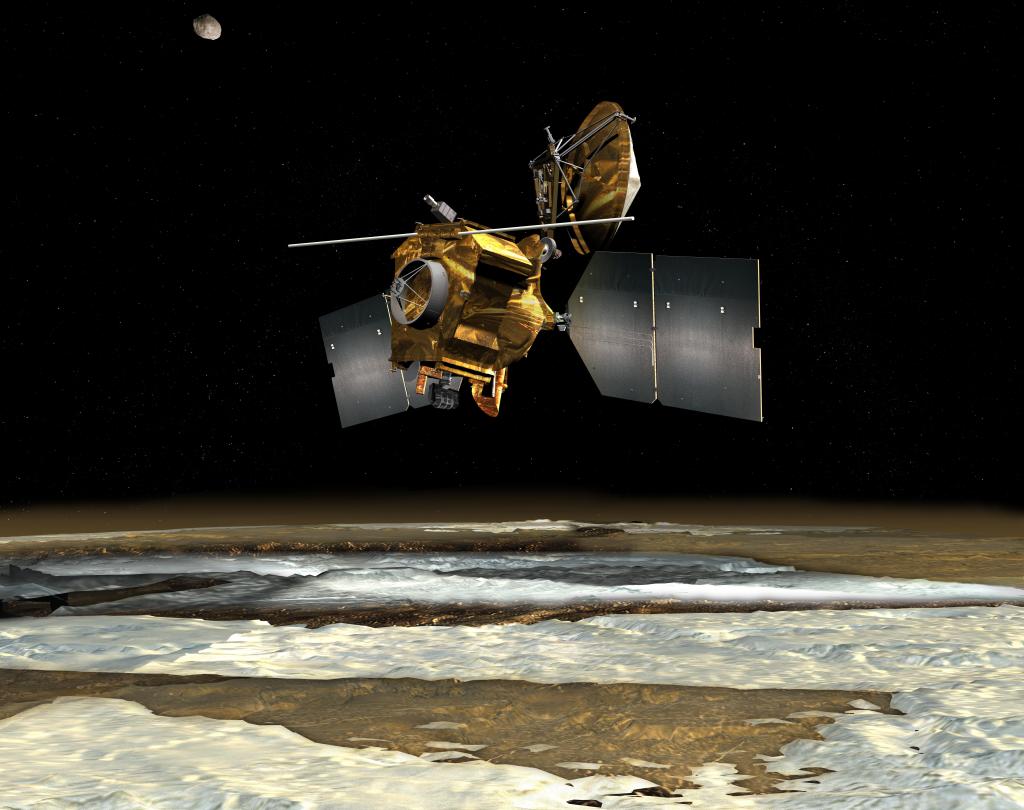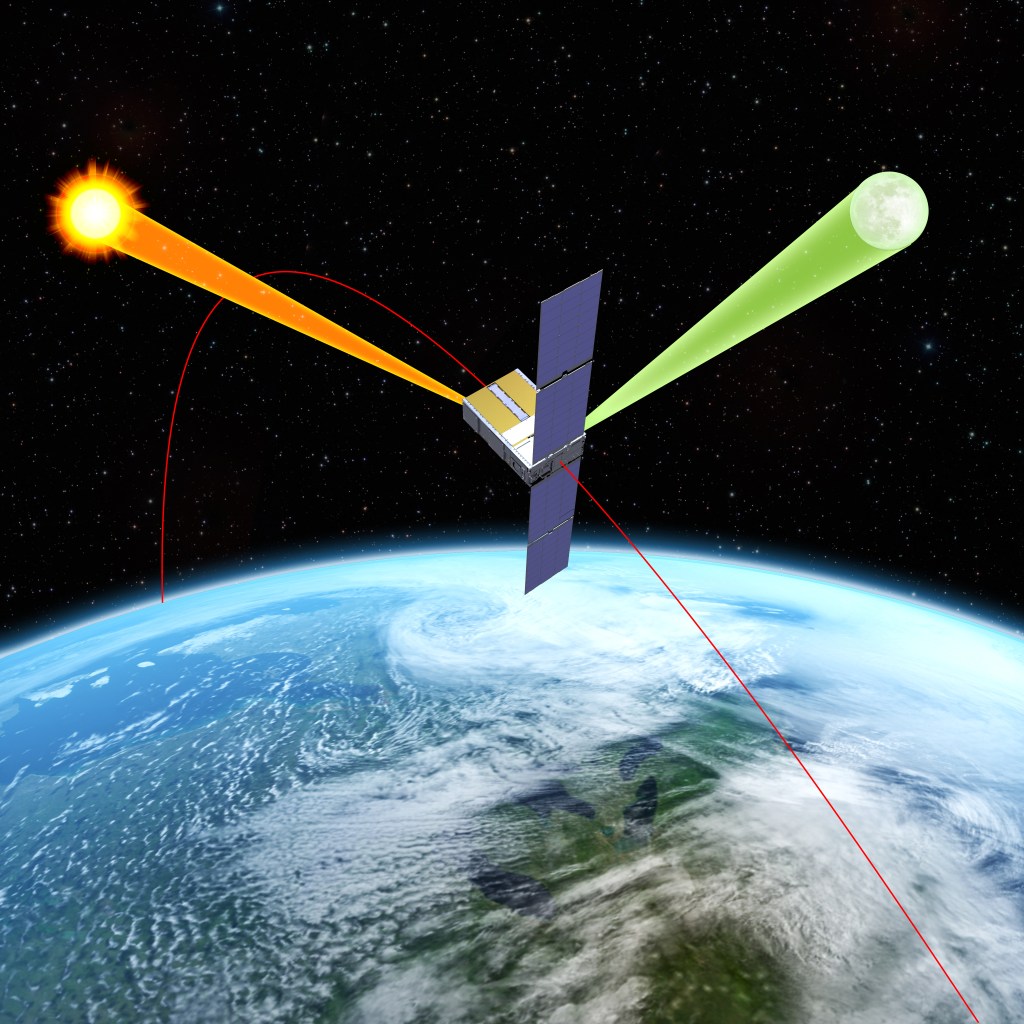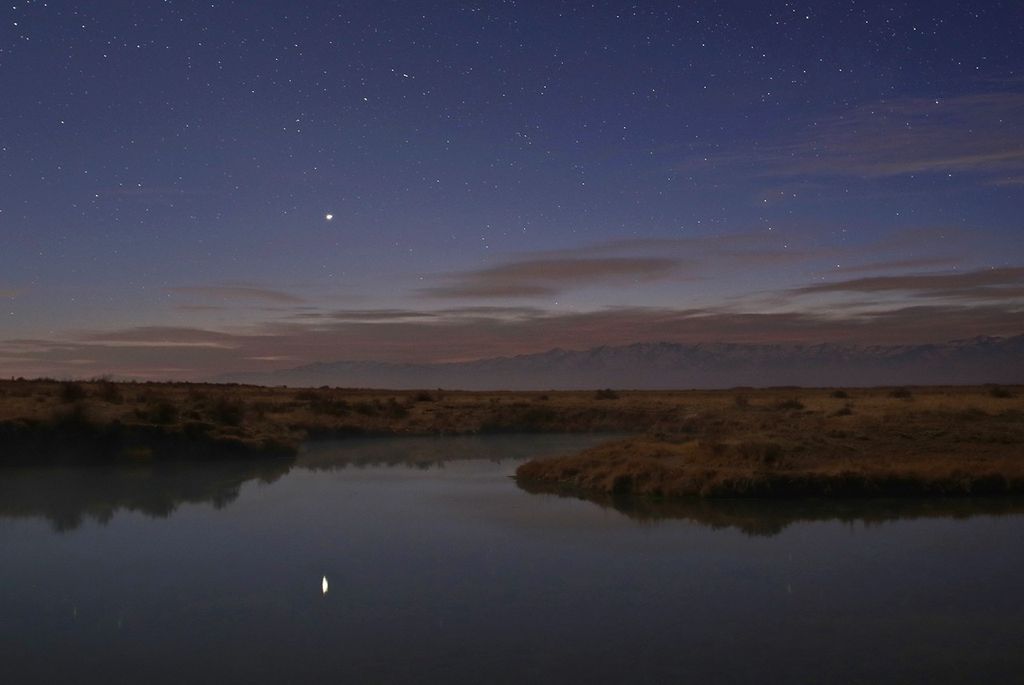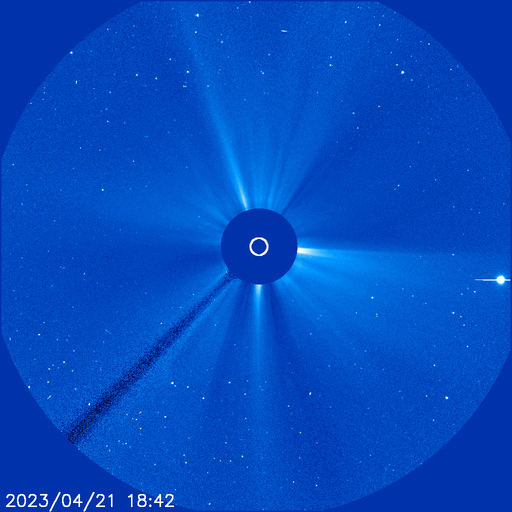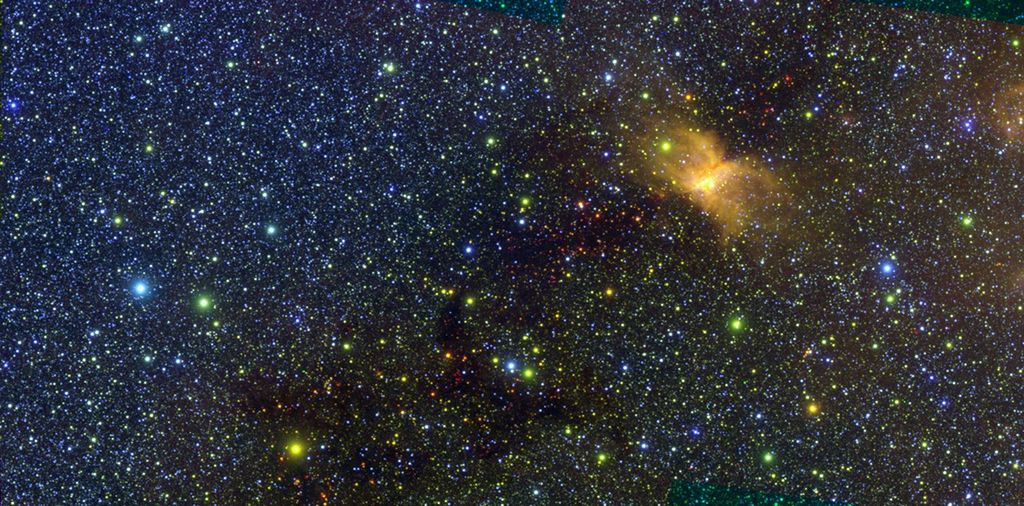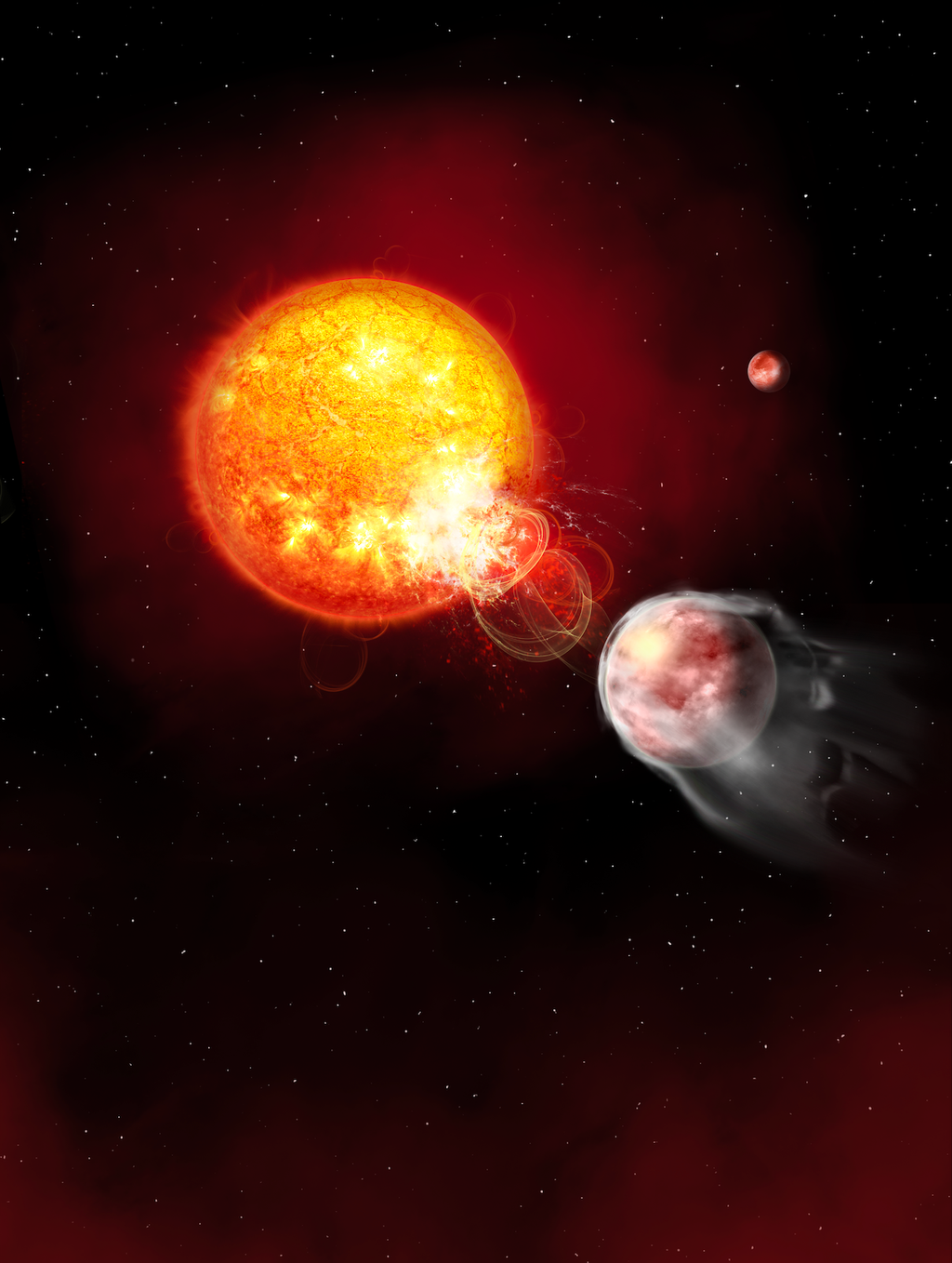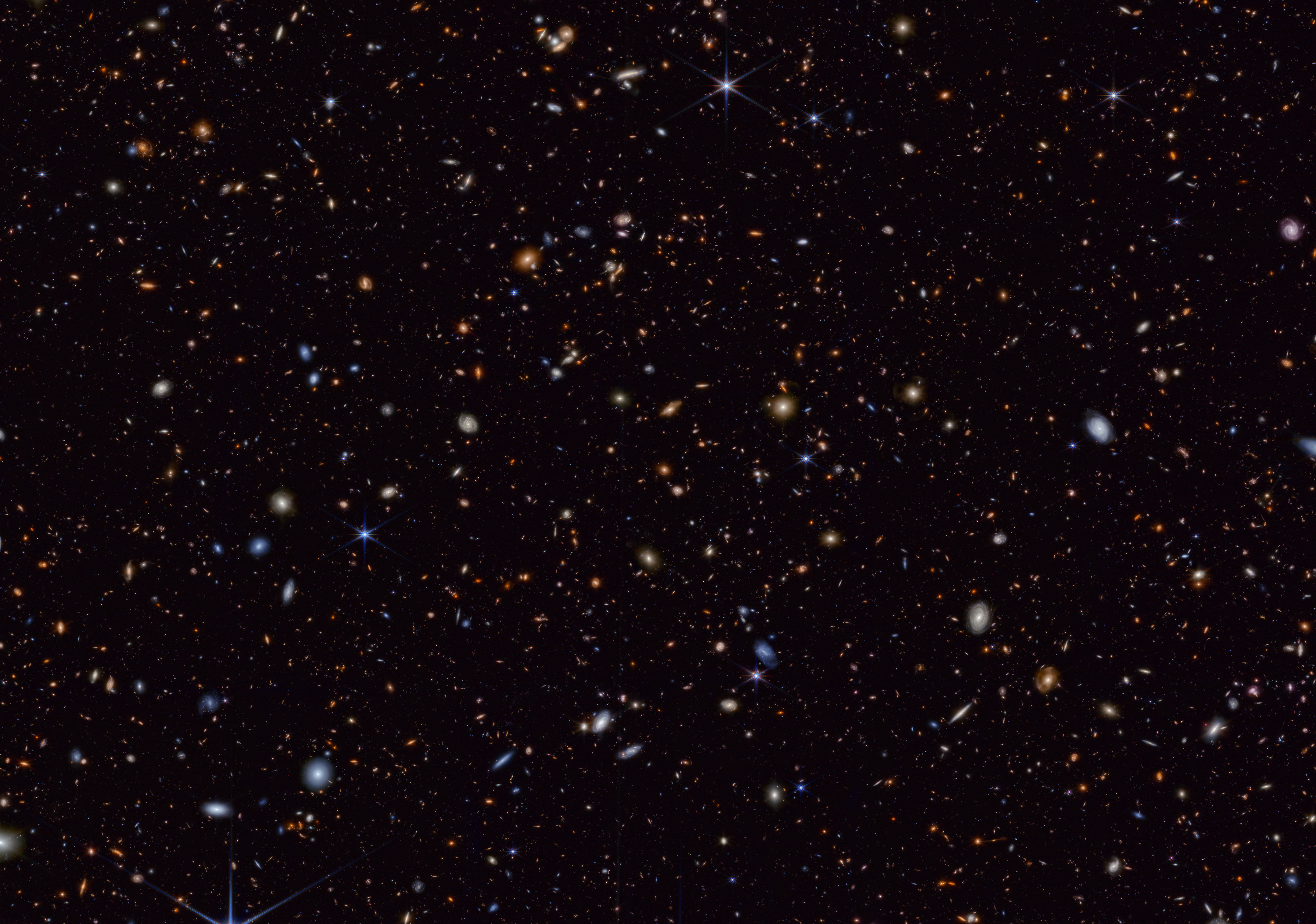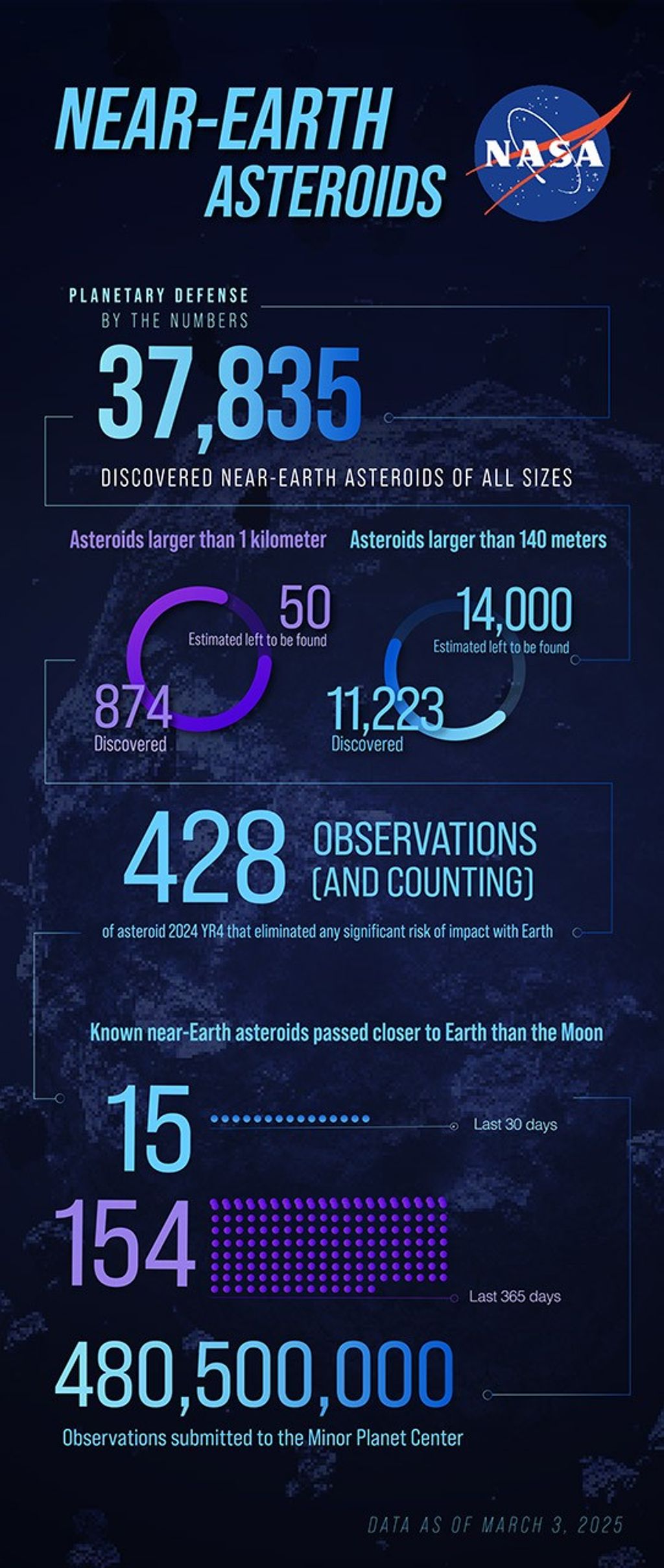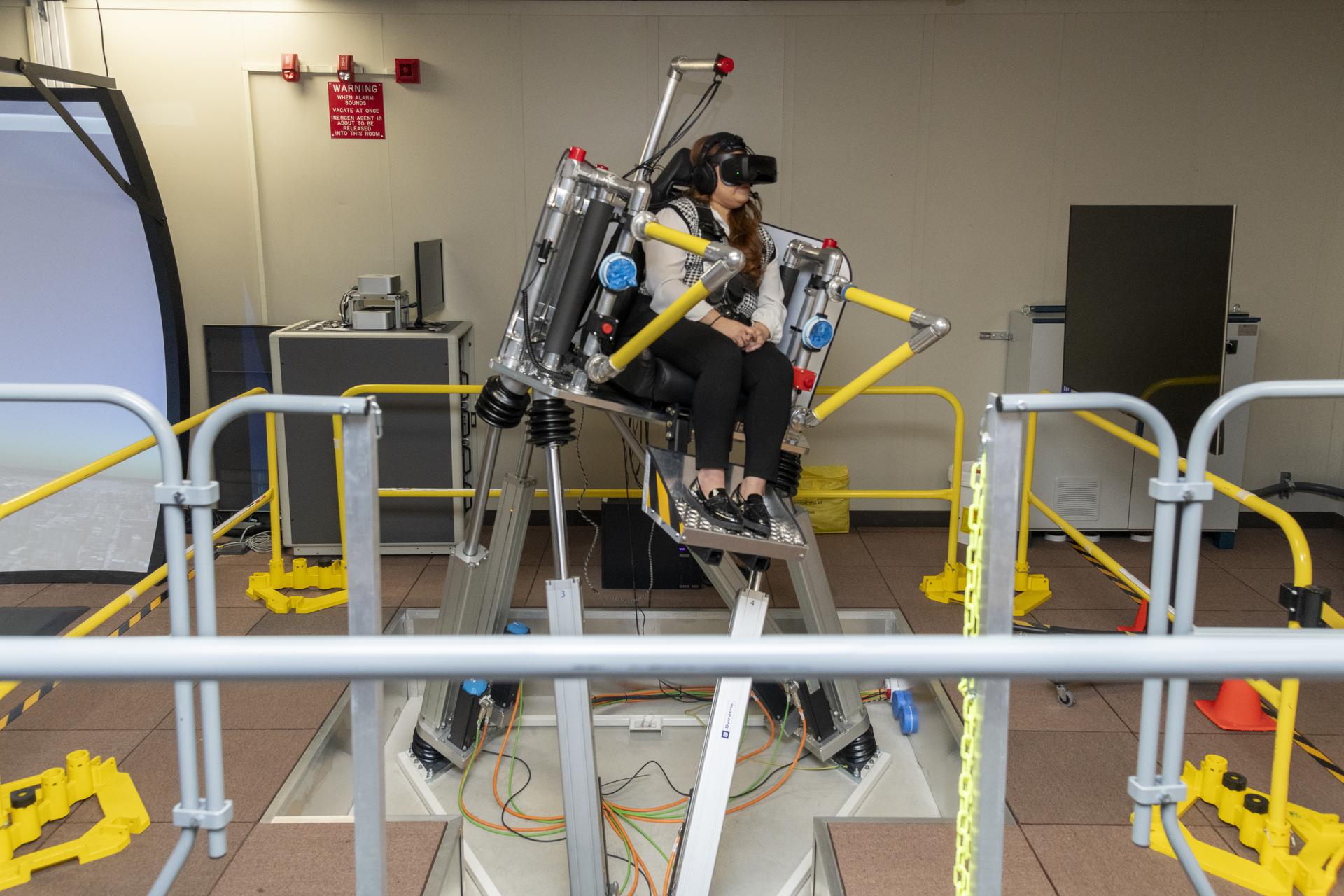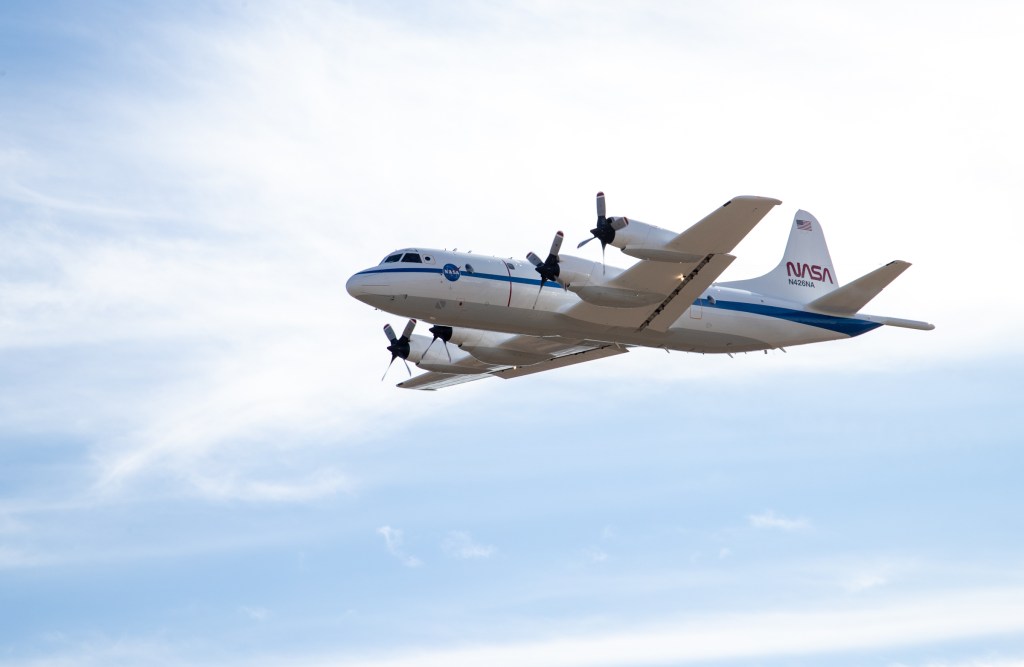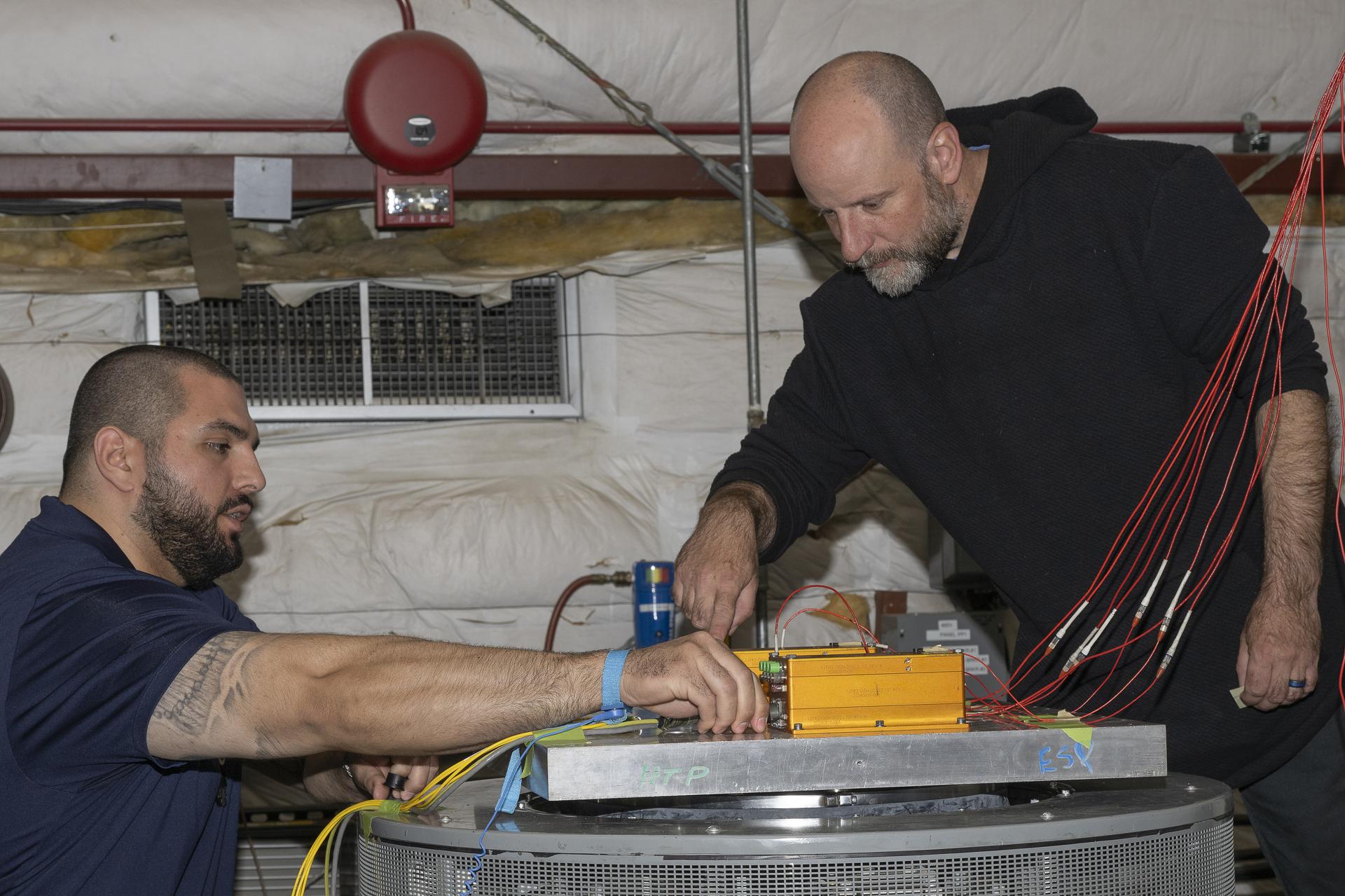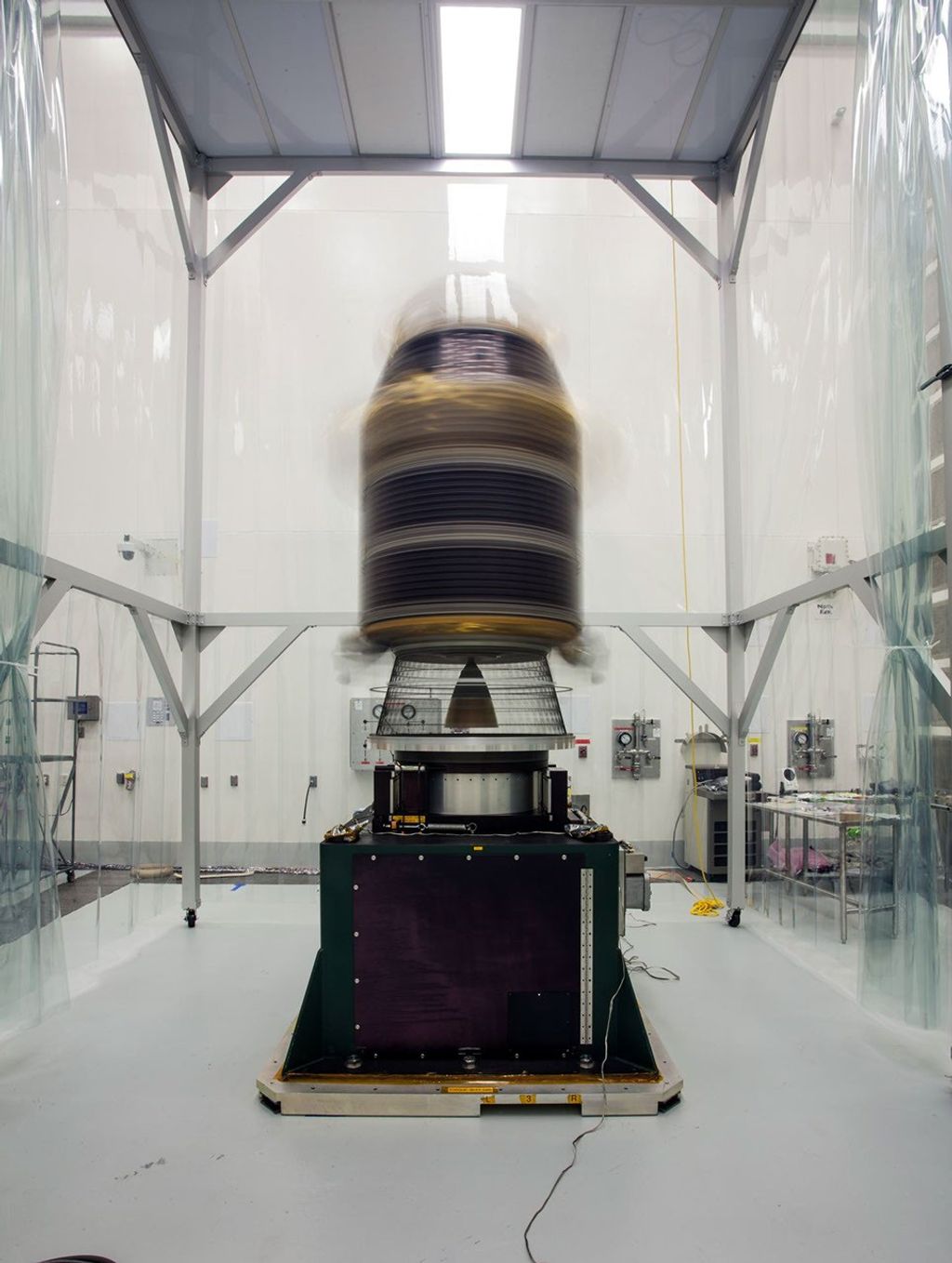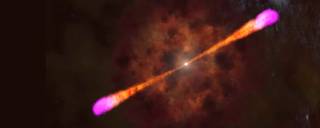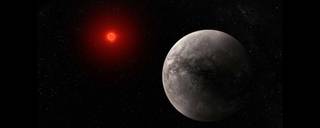A Weekly Summary of Top Content from Marshall, March 27 – March 31, 2023.
Week of March 27 – March 31, 2023
NASA Missions Study What May Be a 1-In-10,000-Year Gamma-ray Burst
On Sunday, Oct. 9, 2022, a pulse of intense radiation swept through the solar system so exceptional that astronomers quickly dubbed it the BOAT – the brightest of all time. The source was a gamma-ray burst, the most powerful class of explosions in the universe.
NASA’s Webb Measures Temperature of Rocky Exoplanet
An international team of researchers has used NASA’s James Webb Space Telescope to measure the temperature of the rocky exoplanet TRAPPIST-1 b. The measurement is based on the planet’s thermal emission: heat energy given off in the form of infrared light detected by Webb’s Mid-Infrared Instrument.
Chandra Determines What Makes a Galaxy’s Wind Blow
Wind can have a big impact on the ecology and environment of a galaxy, just like on Earth, but on much larger and more dramatic scales. A new study using NASA’s Chandra X-ray Observatory shows the effects of powerful winds launched from the center of a nearby galaxy, NGC 253, located 11.4 million light-years from Earth.
NASA Rocket Engines Reengineered, Production Restarted for Next Era of Exploration
NASA propulsion and test teams are setting their sights on future Space Launch System (SLS) flights and working to improve one of the world’s most powerful and reliable rocket engines for missions beginning with Artemis V. A series of hot fire certification tests is in progress at NASA’s Stennis Space Center near Bay St. Louis, Mississippi, for a redesigned RS-25 engine to support production of additional engines for future SLS flights after NASA’s current inventory of the engine is expended.
Bringing NASA Technology into the Classroom
Students at the University of Idaho are advancing NASA technology that could improve wildfire spotting and farmland monitoring. Through NASA’s Technology Transfer University, students are looking at two NASA technologies for inspiration: print-assisted photovoltaic assembly, developed at Marshall Space Flight Center in Huntsville, Alabama, and Preliminary Research Aerodynamic Design to Lower Drag, developed at Armstrong Flight Research Center in Edwards, California.
For more information or to learn about other happenings at NASA’s Marshall Space Flight Center, visit NASA Marshall. For past issues of the ICYMI newsletter, click here.

